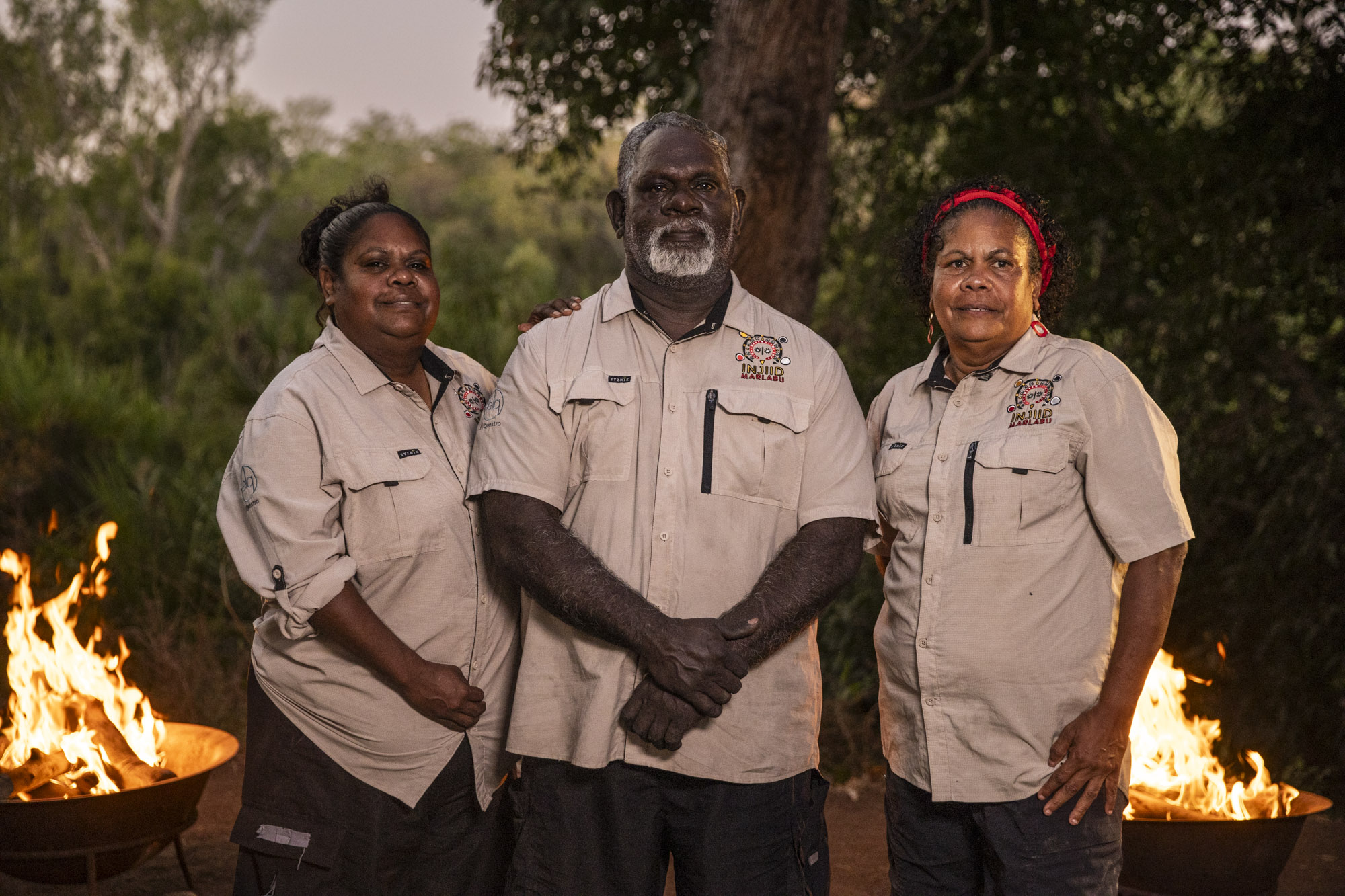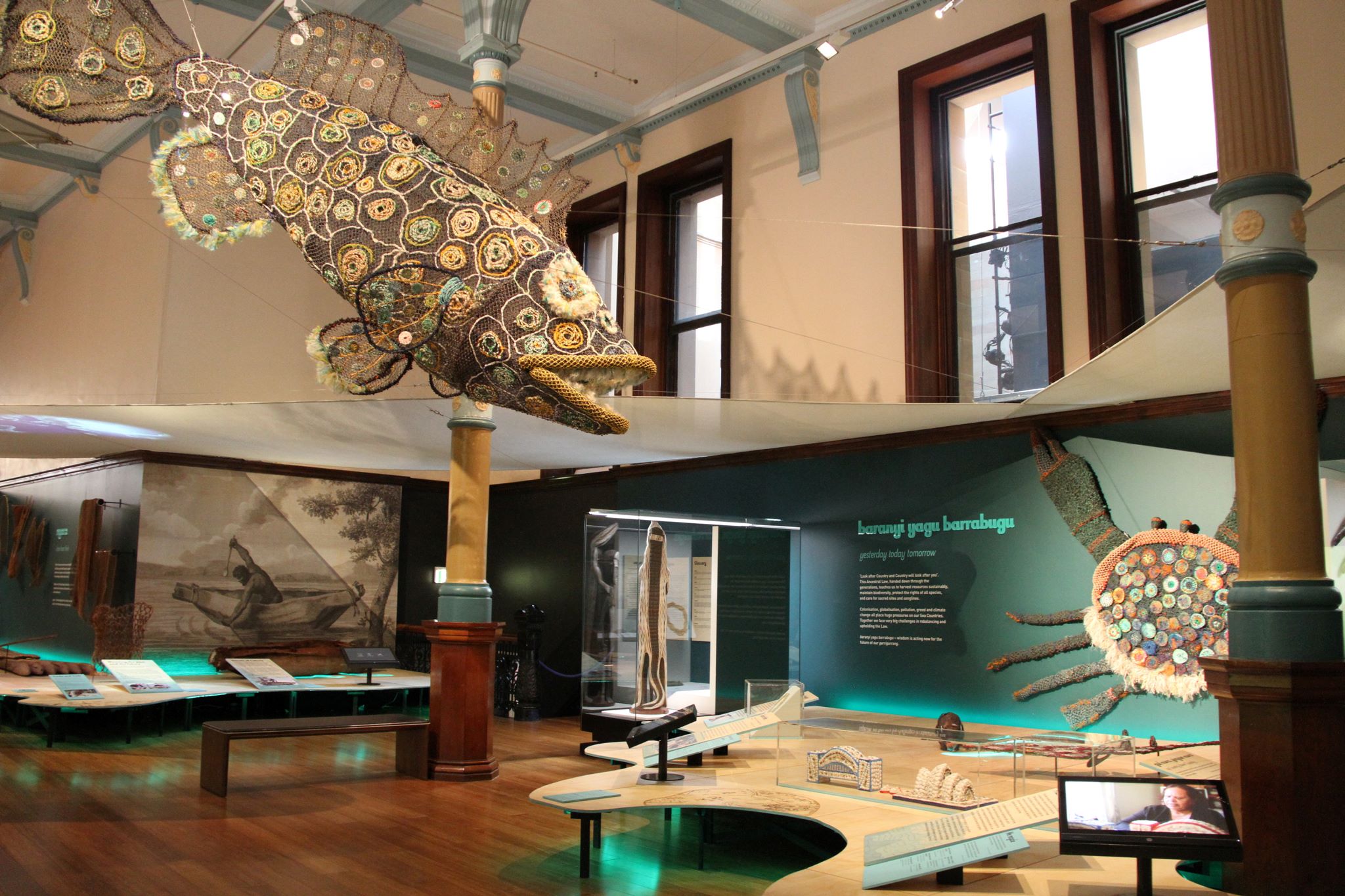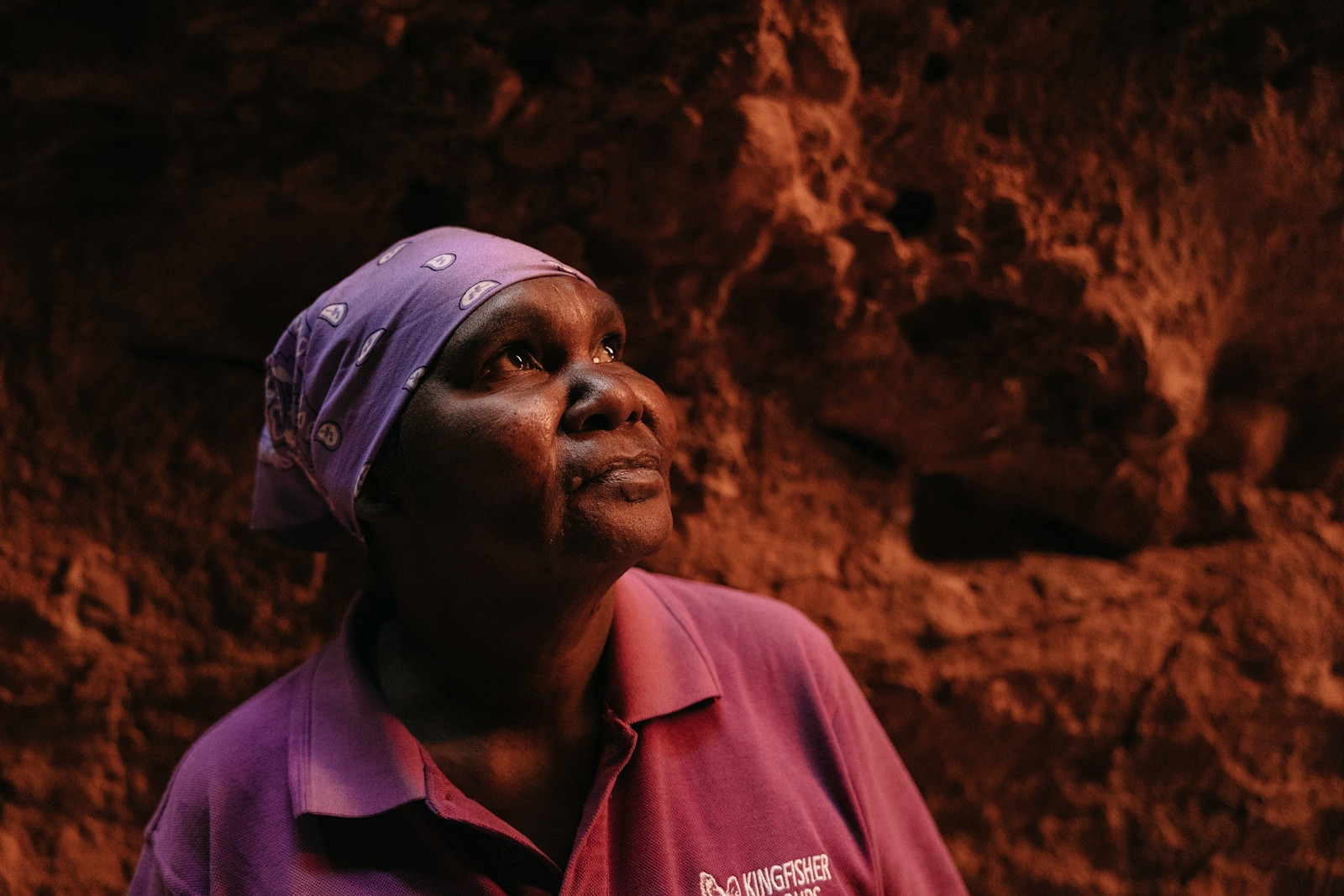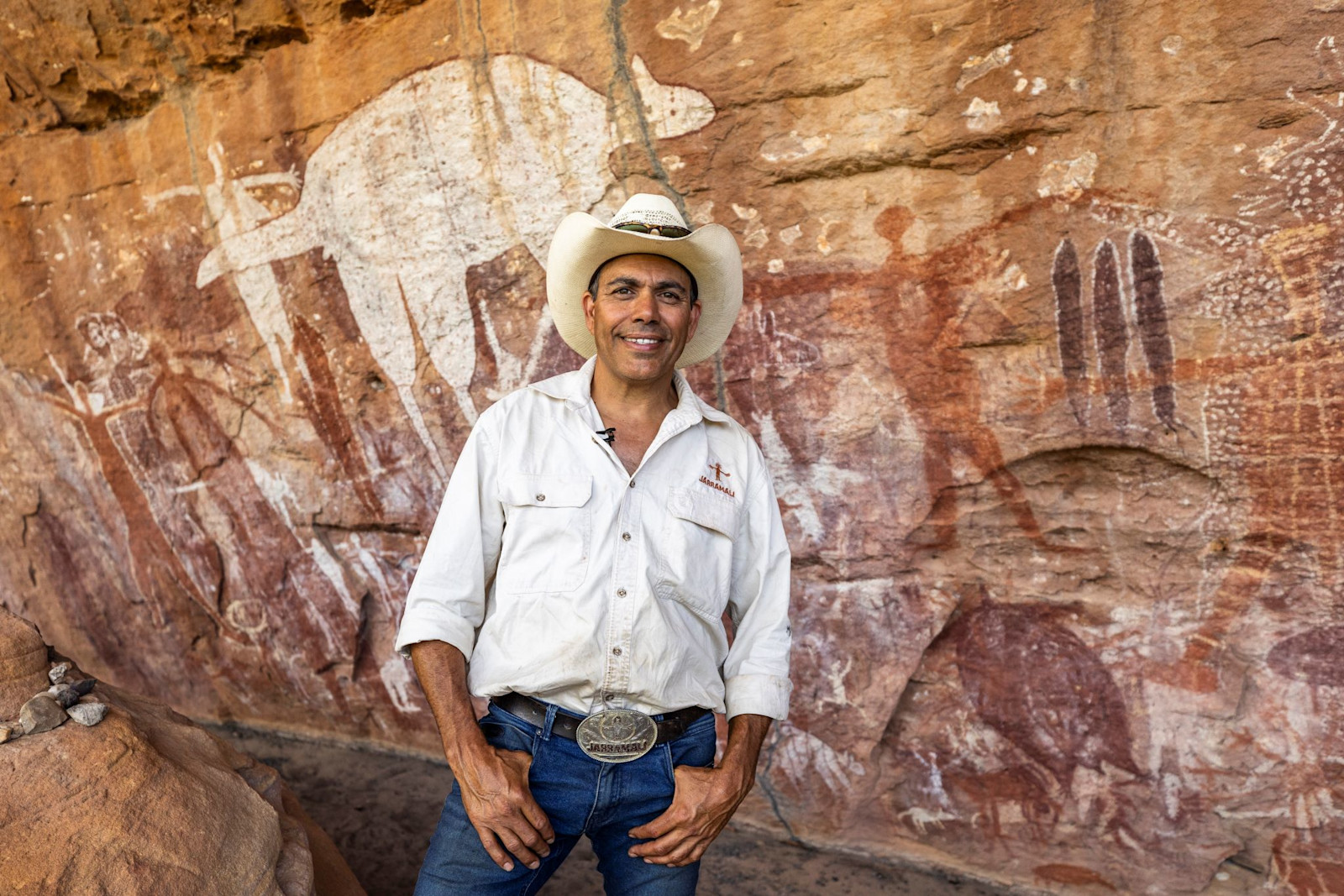Why was Australia known as terra nullius?
How did the principle of terra nullius impact Aboriginal Australia?

SEIT Australia’s Patji tour guide, Sammy Wilson, throwing a spear in Uluru, NT © Tourism Australia
Why was Australia known as terra nullius?
The Latin term terra nullius means ‘land belonging to no one.’ In international law, terra nullius is occasionally used as a principle to justify the occupation of territory where no previous sovereignty has been exercised. Although the term didn’t develop as a legal theory until the 19th century, it’s widely accepted that Captain Cook claimed the east coast of Australia for the British Crown in 1770 on the doctrine of terra nullius. The Proclamation of NSW Governor Richard Bourke in 1935 implemented the legal principle of terra nullius in Australian law as the basis for British settlement.

El Questro - Injiid Marlabu Calls Us, Kununurra, Western Australia © Tourism Australia
How did the principle of terra nullius impact Aboriginal Australia?
The Proclamation dispossessed Aboriginal and Torres Strait Islander peoples of their customary property rights. This contributed to a loss of language and culture, interrupted the transmission of knowledge, and became a source of intergenerational trauma that continues to impact Indigenous Australians today.
Now known as the land rights movement, Indigenous Australians have asserted their rights to their homelands since colonisation. Hear about the historic struggle for recognition of Aboriginal rights to Uluṟu-Kata Tjuṯa National Park on the SEIT – Patji tour hosted by the Uluru family on traditional lands. Or join the Ngarinyin people of Western Australia’s Kimberley region on El Questro Station’s Injiid Marlabu Calls Us tour to learn about the unprecedent land use agreement that marked the return 165,000 pastoral lease land to Traditional Owners and the transition of the property to a nature reserve.

Friday Island, Torres Strait Islands, Queensland © Tourism and Events Queensland
Why is Australia no longer terra nullius?
In 1992, the High Court of Australia recognised that a group of Torres Strait Islanders, led by Meriam man Eddie ‘Koiki’ Mabo, held ownership of Mer (Murray Island). In acknowledging the traditional rights of the Meriam people to their land, the court also held that native title existed for all Indigenous Australians. This landmark decision led to the legislation of the Native Title Act in 1993 and overturned the previous concept of terra nullius.

Australian Museum, First Nations Gallery, Garrigarrang NSW © Australian Museum
What is native title and how has it impacted Aboriginal Australia?
Native title is often described as a ‘bundle of rights’ in land. In Australia, it’s typically a set of non-exclusive rights which may include the right to live on the area, hunt, fish, gather food, hold ceremonies or teach lore and custom on Country.
Initially welcomed by many Indigenous and non-Indigenous Australians, the Native Title Act has been described by the Australian Institute of Aboriginal and Torres Strait Islander Studies (AIATSIS) as an imperfect system. The Australian Human Rights Commission’s Women in Native Title: Native Title Report 2024 called for significant reform of the native title system to deliver land justice and fulfil human rights such as self-determination, participation, culture, and non-discrimination.












